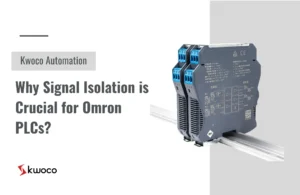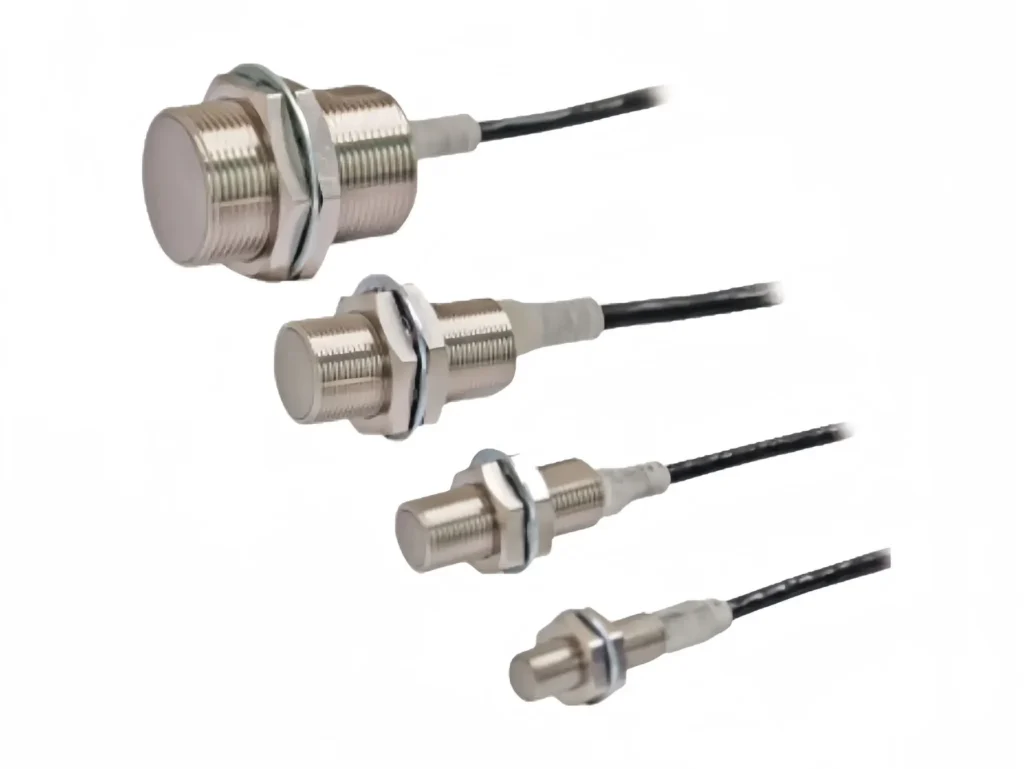How to Choose Between PNP and NPN Sensors for PLCs ?
- kwoco-plc.com
- September 5, 2024
- 12:22 am
Have you ever found yourself confused when choosing between PNP and NPN sensors for your PLC setup? Trust me, you’re not alone. Selecting the right sensor can be tricky, but it’s critical to ensure seamless communication between your PLC and your sensors. So, how do we make the right decision?
The key lies in checking the PLC input common terminal voltage. If your input common terminal is 24 V, your PLC will need an NPN sensor. If it’s 0 V, a PNP sensor is your best choice. It’s a simple rule but one that makes all the difference when wiring up your automation systems.
I’ll walk you through this step-by-step and share what I’ve learned from years of working with PLC systems.
Table of Contents
What’s the difference between PNP and NPN sensors?
PNP sensors output a sourcing signal, which is a high level signal, with an output voltage of 24V. NPN sensors output a sinking signal, which is a low level signal, with an output of 0V.
Compared to NPN, PNP sensors have stronger anti-interference capabilities. This is because the output signal voltage of a PNP sensor is 24V, and 24V is less likely to be interfered with by other power sources than 0V. Therefore, PNP sensors are generally more stable in use and have lower requirements for external power sources.
The downside of NPN sensors is that they are more prone to interference, but the upside is that they won’t short-circuit when connected to ground. So even if the signal line of an NPN sensor comes into contact with the ground due to some reason, it won’t trip or damage the upstream power supply. Because of this, NPN sensors have better adaptability and can offer better protection for the system.
How to wire PNP and NPN sensors to a PLC?
For two-wire sensors, if the PLC requires a PNP type, the brown wire should be connected to 24V, and the blue wire should be connected to the PLC input.
For three-wire sensors, the brown wire is connected to the positive pole, the blue wire to the negative pole, and the black wire to the signal.
For four-wire sensors, the brown wire connects to the positive pole, the blue wire to the negative pole, and the remaining two wires are one normally open wire and one normally closed wire.
Conclusion
When determining whether to use a PNP or NPN sensor, the first step is always to check your PLC’s input common terminal voltage. This simple rule will guide your decision, but don’t stop there. Consider your wiring, operational needs, and environmental factors. If you ever feel stuck, refer to your PLC’s manual or consult a technical expert—trust me, saving time up front will save headaches later!
At Kwoco, we offer a wide range of brand-new and original sensors, both PNP and NPN, from top brands like Omron, Mitsubishi, Schneider, and more. Whether you’re looking for a solution for your factory or engineering project, we’re ready to deliver quickly with reliable quality. Let us help you find the right sensor for your needs!
Contact Us
Just fill out your name, email address, and a brief description of your inquiry in this form. We will contact you within 24 hours.

Why Your PLC Needs a Separate Power Supply
Why Your PLC Needs a Separate Power Supply Have you ever wondered why PLC systems often require a separate power

Why Your Business Needs a Variable Frequency Drive
Why Your Business Needs a Variable Frequency Drive When managing industrial operations, optimizing energy efficiency while maintaining performance is crucial.

Why Signal Isolation is Crucial for Omron PLCs?
Why Signal Isolation is Crucial for Omron PLCs? In the world of industrial automation, signal interference is a silent killer.

